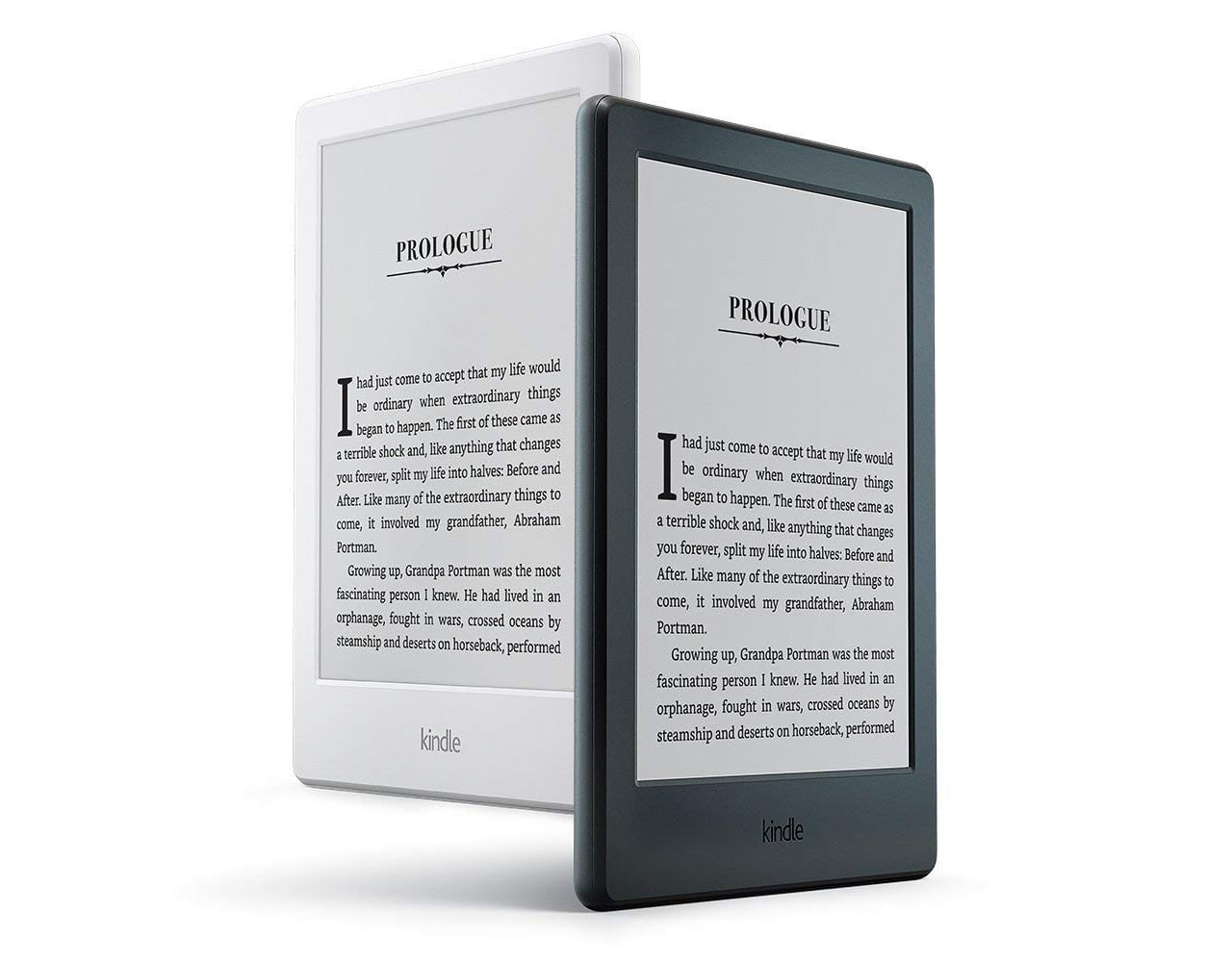

The exam's main purpose was to ensure that people would take the reading task seriously because they knew they'd be tested on it. Our test participants got almost all the questions right, regardless of device, so we won't analyze this data further here. It's also representative for many other genres of interest, such as whitepapers and reports.Īfter users read each story, we gave them a brief comprehension questionnaire to test their understanding of the story. Asking users to read 17 minutes or more is enough to get them immersed in the story. This is obviously less time than people might spend reading a novel or a college textbook, but it's much longer than the abrupt reading that characterizes Web browsing. On average, the stories took 17 minutes and 20 seconds to read. We picked Hemingway because his work is pleasant and engaging to read, and yet not so complicated that it would be above the heads of users. On each device, we asked each user to read a short story by Ernest Hemingway. One major benefit of within-subjects testing is that it minimizes the effect of individual variability among the test participants. But in this reading study, we didn't test learnability to begin with, and users definitely had substantial previous experience with the main skill we tested: that of reading. In usability research, it's often better to use a between-subjects study, in which each person tests different conditions to avoid the transfer of learning from one system to the next. We ran a within-subjects study, testing each user on all 4 reading conditions - printed book, PC, iPad, and Kindle - rotating the sequence in which we exposed users to each device.
#Kindle reader how to
We taught participants how to use the readers before we started measuring their reading speeds. Instead, we specifically focused on testing linear, narrative content because it's the primary use case for e-book readers.įinally, we didn't test the many issues related to choosing and installing reading software, nor did we test the reading UI's learnability. Testing a single iPad reader let us more easily compare it with the Kindle, which has only one user interface.Īlso, in contrast to our previous analysis of Kindle content usability, we didn't consider non-linear content, such as Web pages or newspapers. Instead, we tested only the default iBook app. In contrast to our previous study of iPad application usability, we didn't study a range of user interfaces. To find out, we conducted a readability study of people reading fiction on the two highest-profile tablets: Apple's iPad (first-generation) and Amazon's Kindle 2.

But are tablets as good as printed books? Various types of tablets ought to do better than desktop computers because they offer higher-resolution screens and a more comfy reading posture.
#Kindle reader Pc
However, such products will succeed only if the reading experience is much better than the misery of reading from PC monitors. Many companies are betting big that electronic book readers will be one of the main ways people read long-form text in the future.


 0 kommentar(er)
0 kommentar(er)
